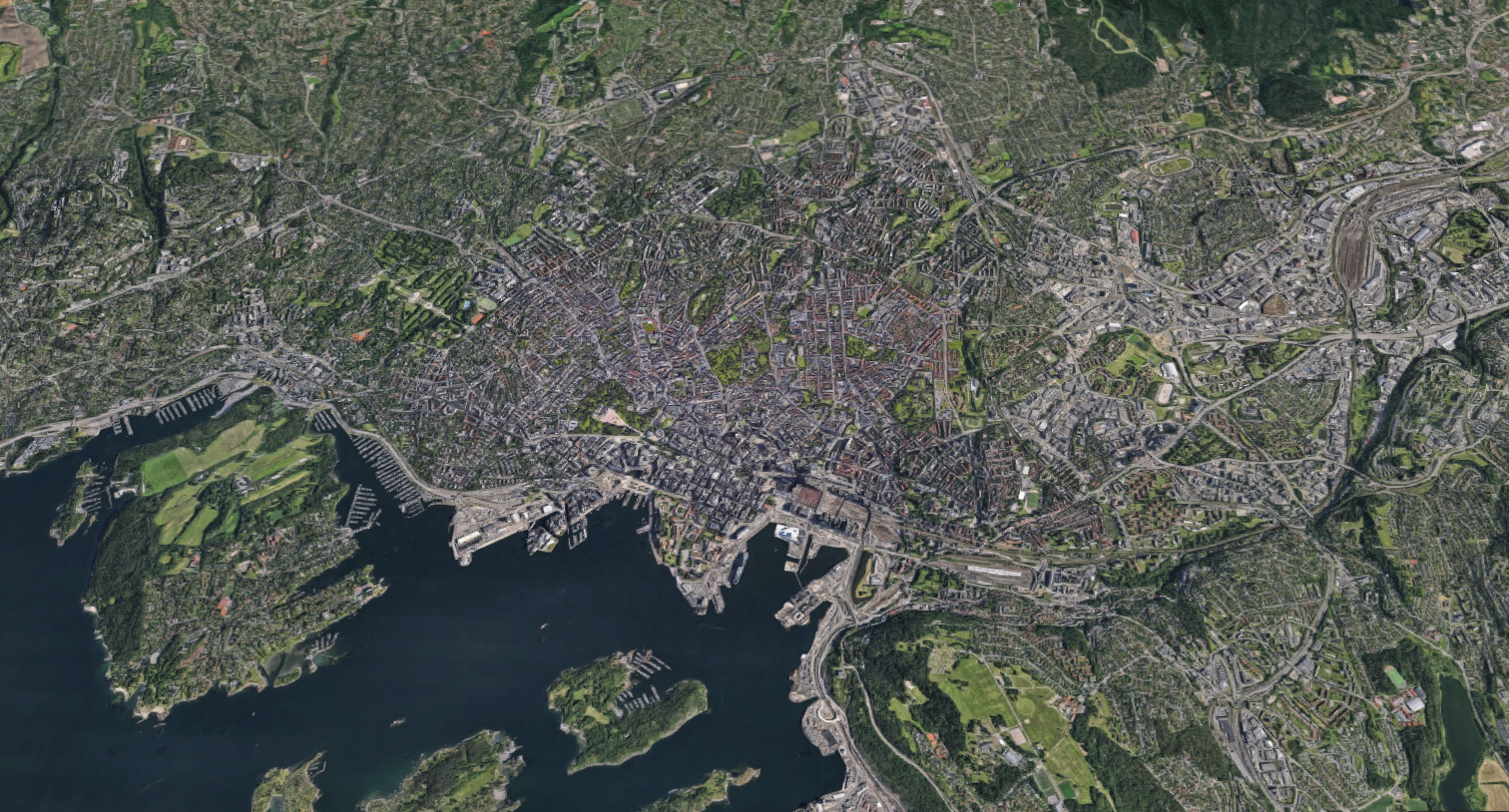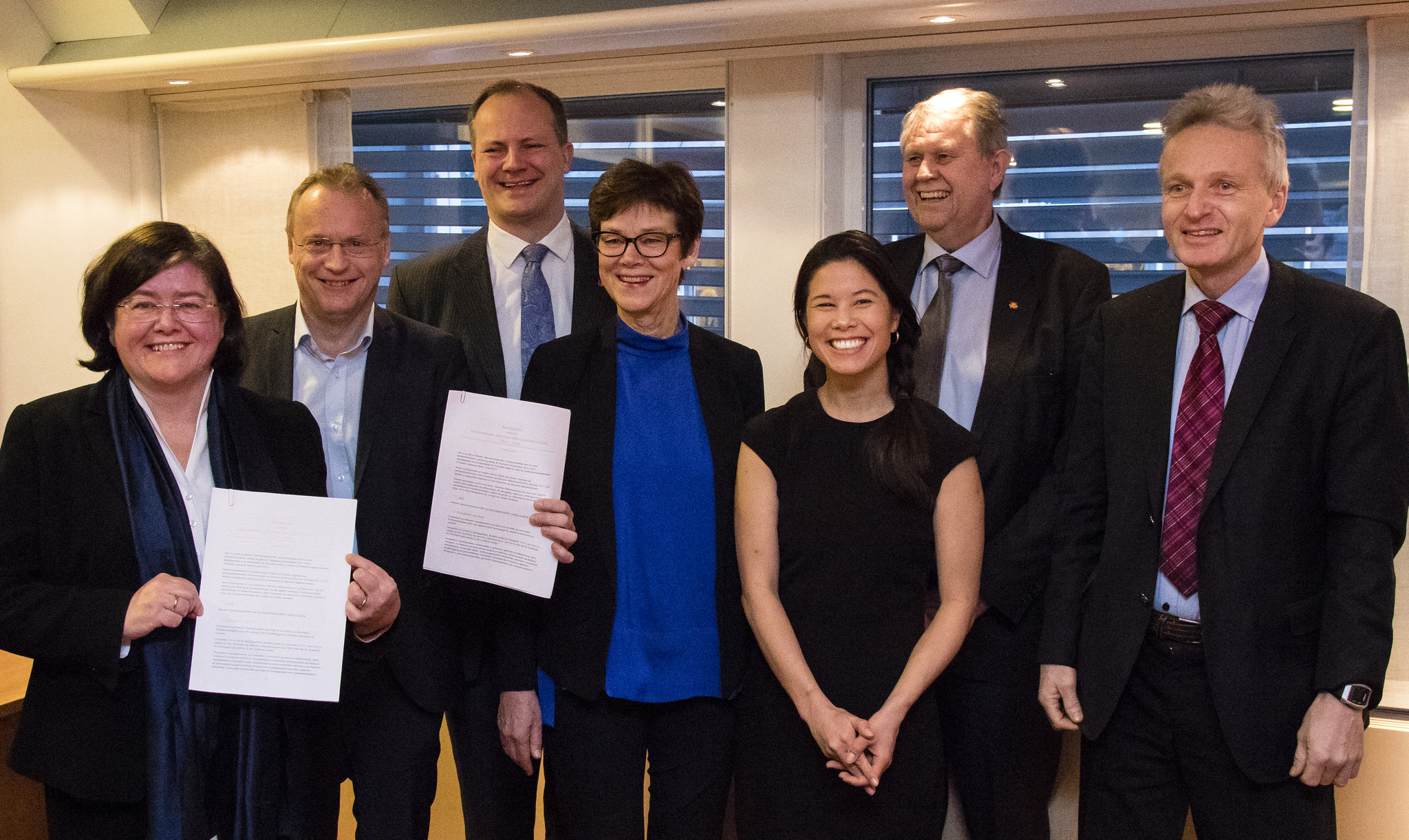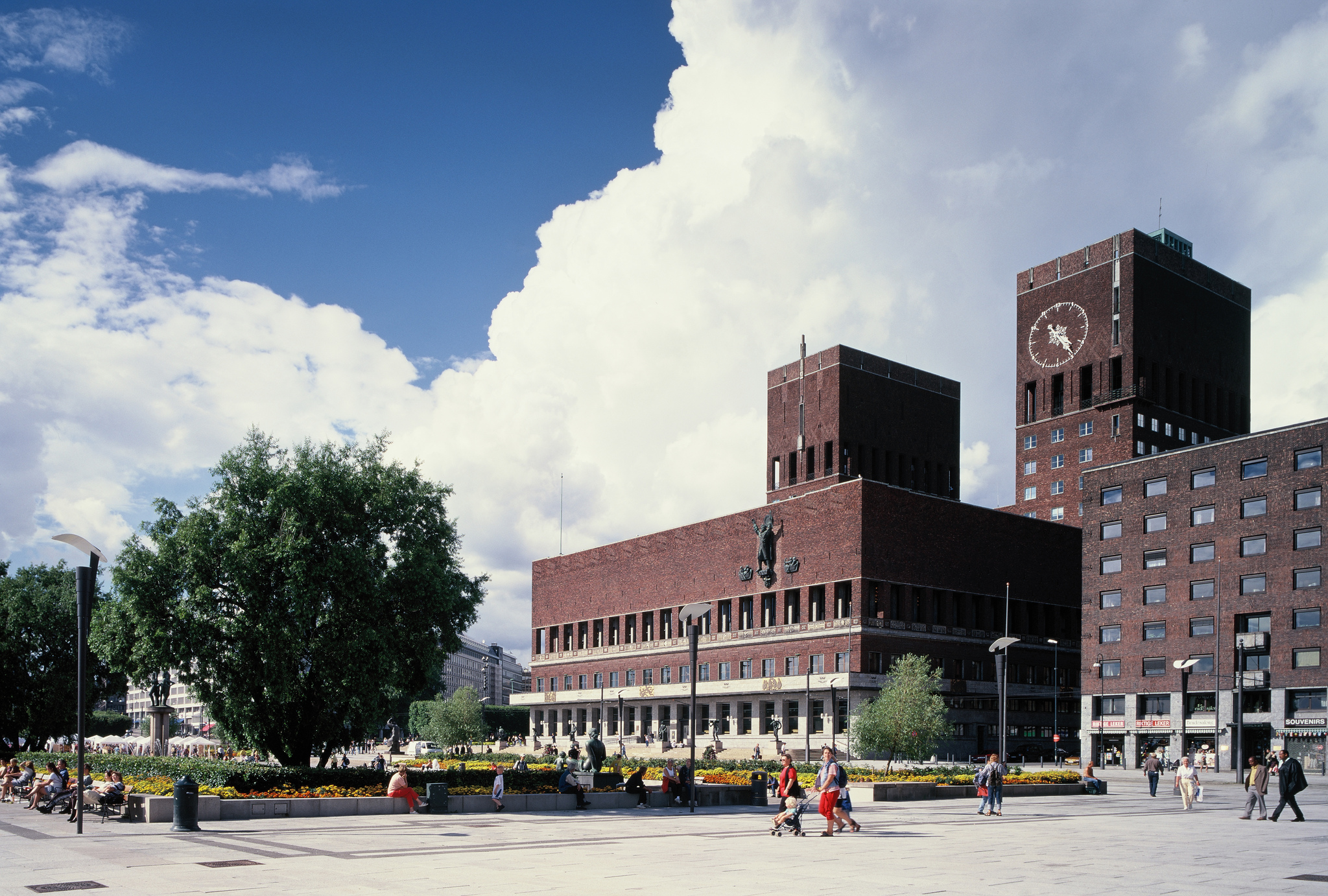Oslo

The city of Oslo has embarked upon relatively ambitious climate change strategies and policies and developed innovative institutional networks and new partnerships to tackle the new challenges. The city has become an innovative forerunner in addressing climate adaptation/mitigation and in promoting the ‘green shift’.
The climate agenda of the city have been gradually broadened towards combining adaptation and mitigation and it may well be on the move towards achieving a more resilient and low-carbon development approach in key domains.
Overview
Oslo is the capital of Norway with close to 670 000 inhabitants, and the Greater Oslo Metropolitan Area houses over 1 500 000 inhabitants. Oslo metropolitan area is rather hilly and includes a mosaic of rivers and streams that runs North-South through the city into the fjord (above or below ground level).
The key challenges recognized in the city’s Climate Adaptation Strategy for Oslo relate to more extreme rainfall, higher temperatures, stronger winds, increased flooding due to cloudbursts and more runoff (less natural area for infiltration due to city developments).
The Climate and Energy Strategy for Oslo (adopted by the City Council 22 June 2016) recognizes key issues related to energy, transportation, pollution and storm water, pointing also to city governance as a key included concern of the strategy.

Oslo’s neighbouring county of Akershus houses much of the Greater Oslo metropolitan area. They have established an extensive cooperation on regional planning. Here from the signing of a City Environmental Agreement between Oslo, Akershus and the national government of Norway, the Minister of Transport, as well as the national road and railroad agencies. Photo: Ministry of Transportation / Henrik Jonassen, CC BY-NC 2.0
Ambition
Oslo has ambitious climate goals on both mitigation and adaptation. A main aim of the Climate and Energy Strategy for Oslo is to reduce climate gas emissions from the city with 50% in relation to 1990-level within 2020 and with 95% within 2030. This requires major efforts in city development, energy, and transportation with a focus on compact city development around public transport hubs.
The city has a well-developed public transport system (metro, tram, train, buses) yet there is also high reliance on private transportation to work (private cars and buses).
The city has subsidized electric cars and is among the cities in Europe with highest density of electric cars. Moreover, the city’s Adaptation Strategy insists that Oslo aims to become a climate resilient city.
In the Climate and Energy Strategy for Oslo it is stated that the city should take major responsibility for climate change and use all policy measures available to the municipality for appropriate response.

Norway’s Green Party has been drivers for heightening Oslo’s ambitions on climate and environmental action. Here is their parliamentary representative Une Aina Bastholm with Lan Marie Nguyen Berg, Oslo’s Vice Mayor for Environment and Transport. Photo: Thomas Ekström, CC BY-SA 2.0
Local government
The city of Oslo is governed under a parliamentary system and 15 city departments each with its distinct council with some degree of autonomy. Oslo is presently governed by a left-leaning coalition government consisting of the Labour Party, the Green Party and the Socialist Left Party.
The municipality employs over 50 000 public workers, and has wide autonomy in matters of governance, planning and running of its economy, and the municipality has strong constitutional and political mandate to govern its own affairs.
The two main municipal agencies with responsibility for climate change were the Climate Agency (since 2016) and the City Environment Agency (responsible for adaptation until 2016). The Water and Sanitation Agency has been a main collaborator on adaptation and stormwater issues (storm water drainage/infrastructure, green-blue structures and opening of rivers and streams).
The Climate Agency collaborates closely, however, with a set of other relevant departments and agencies within the municipality, in designing and implementing the agenda on climate and energy.

Oslo City Hall. Photo: Jiri Havran, Oslo rådhus, CC BY-NC-ND 2.0
Economy
The overall Oslo budget for the municipality (2017) was USD 8.0 billion, out which the capital budget was USD 1.6 billion and the operating budget USD 6.4 billion. Oslo has a well-functioning economy and low unemployment (3.2 %).
The city is an administrative city with a considerable knowledge based industry and an important container port. Oslo has a growing tourist and service industry.
The city includes an active business society and civil society; both of which are engaged in the climate agenda through formal and informal networks and arenas.
The city encompasses the largest national university; University of Oslo and several university colleges and business schools and research institutions, including on urban development issues.